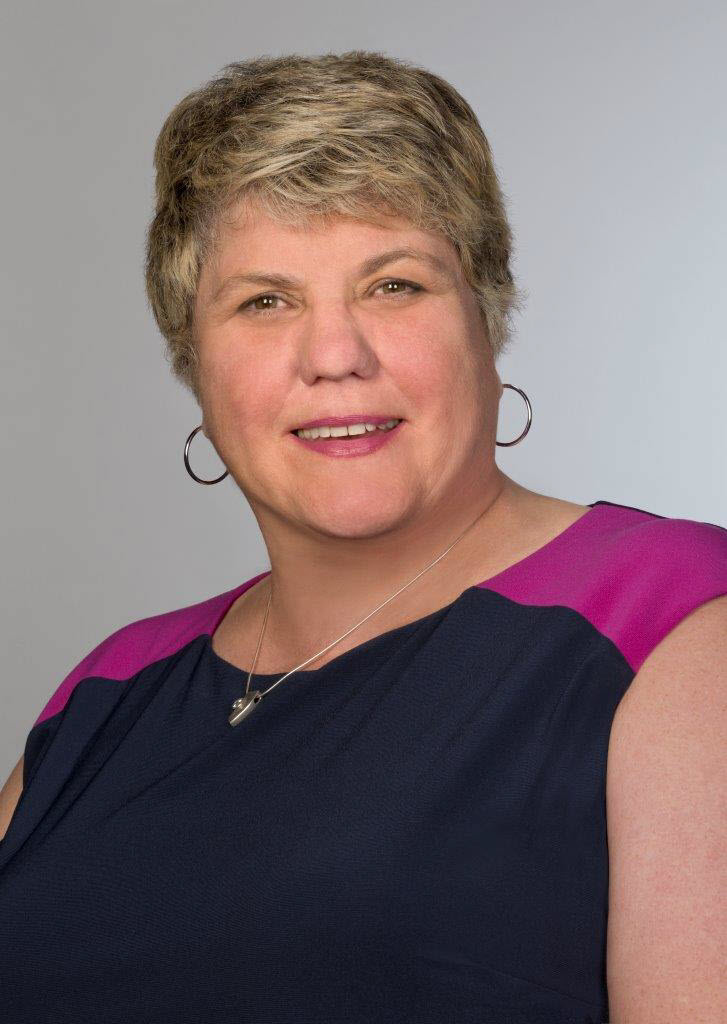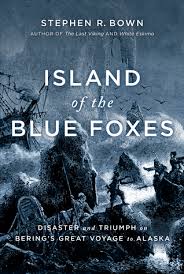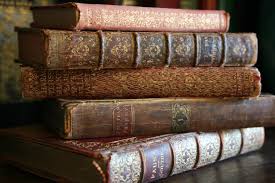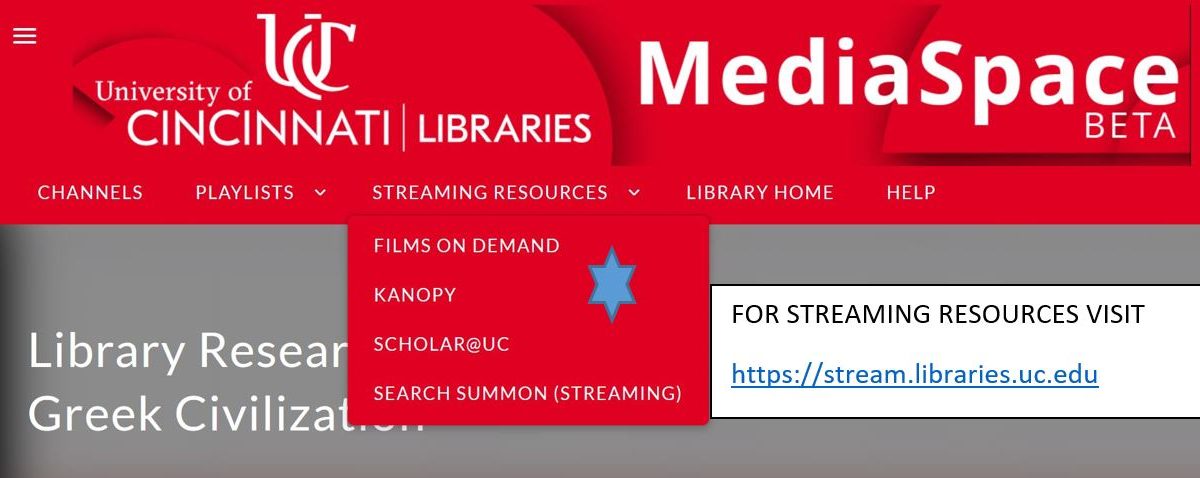by Christian Boyles, Michelle McKinney and Kellie Tilton
UCBA Library staff and faculty, Christian Boyles (Collections Services Manager), Michelle McKinney (Reference and Web Services Librarian) and Kellie Tilton (Instructional Technologies Librarian) hit the road and visited a few bookish places over the holiday season. Click on the images to get a better view of the photos.
Christian Boyles / Washington DC / Library of Congress: In December, the missus and I went to DC for her birthday. Along with visiting many great Smithsonian museums, walking a gazillion miles, seeing grand architecture, priceless works of art and ephemera and the new Star Wars film, we went to the Library of Congress. For someone who has worked in libraries for a gazillion years, going there felt like what going to the Vatican must feel like to a Catholic.
The building itself is an amazing and imposing structure designed in the Beaux-Arts style with a bonkers fountain out front featuring the Roman god Neptune, some sea monsters and a bunch of naked people riding what I guess are horse snakes. What that has to do with literature and the centralized housing of knowledge was lost on me. Inside is no less impressive. Walking in, I was legitimately awestruck by the LOC’s grandeur. Imagine if St. Peter’s Cathedral and some enlightenment era French king’s home had a baby and you’re still nowhere close to how awesome it is. Probably the crown jewel of the place is the reading room. Housed under a dome, it is a masterpiece of archetecture featuring arched stained glass windows, semetrical study carrells, Corinthian columns, and statues of some of the great minds in religion, poetry, commerce, philosophy, etc. Just looking in on that, I’m pretty sure I felt my IQ nudge up a couple points. Throughout the building, there were displays of ancient manuscripts going back hundreds and thousands of years.
Unfortunately, we were running short on time, so we couldn’t take the tour. But, we did manage to check out a very cool exhibit on the American experience of World War 1. In a perfect world, I would have spent a day, if not more, discovering all the cool features and offerings. Insider tip: if you’re in DC and are having a sugar crash, the LOC’s vending machines are very comprehensive and cheap.
Michelle McKinney / Louisville, KY / Wild Fig Coffee & Books: In early January, I treated my husband to a quick trip to Lexington for his birthday. Before heading back home, I discovered a bookstore just down the street from where we were having breakfast. Wild Fig Coffee & Books is located near UK’s campus and is owned by award-winning author, Crystal Wilkinson. The independent bookstore has an eclectic selection of new and old books, including a wide range of graphic novels. Wild Fig also carries a variety of bookish and feminist gifts such as mugs, socks and greeting cards. The coffee is pretty tasty too!
Kellie Tilton: On Christmas Day, 2017, a friend from college and I hopped the pond to begin an epic two week, three country excursion that was kick started because we snagged tickets to see Harry Potter and the Cursed Child Parts I & II in the West End. With our tickets falling in the week between Christmas and New Year’s Eve, we decided to make the most of the time frame.
We spent a handful of days in London – mostly in pursuit in all the Harry Potter-related attractions London had to offer – then it was up to Edinburgh, Scotland to bring in the New Year with their Hogmanay celebrations. We made a quick trip across the Channel via the Chunnel to have a gandar at Paris (and basically eat a million croissants) before landing back in London to spend one more weekend catching the things we missed the first time.
Highlights of this adventure include, but are not limited to, The Warner Brothers Harry Potter Studio Tour, The British Library (and it’s History of Magic exhibition in celebration of the 20th anniversary of Harry Potter and the Philosopher’s Stone publishing), the play (obviously), Hogmanay, Kensington Palace, and the Paris Catacombs. I brought back four new editions for my Harry Potter in Translation Collection. It just goes to show, your literary loves will provide ample reasons to travel the world!
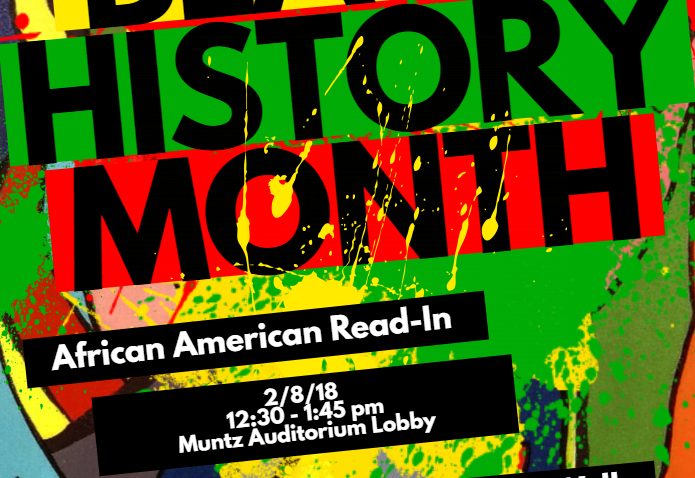
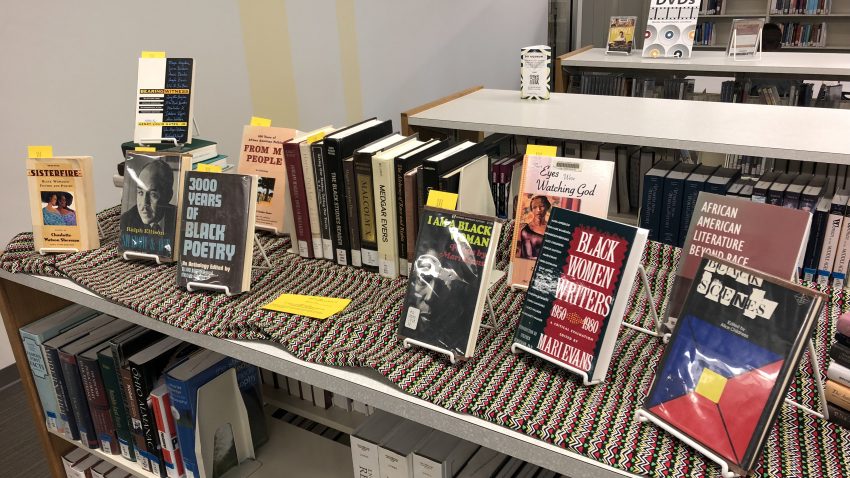

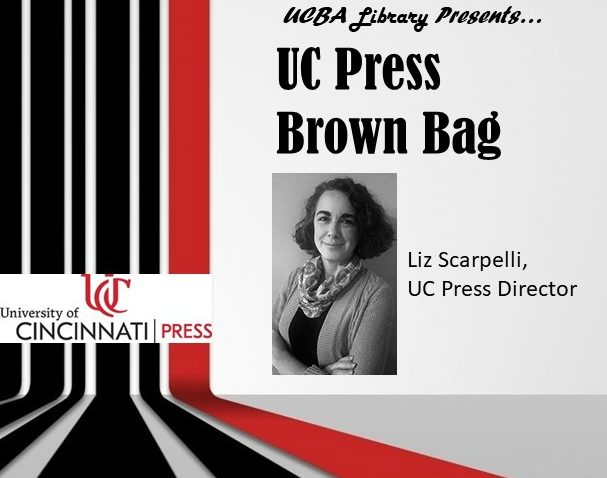
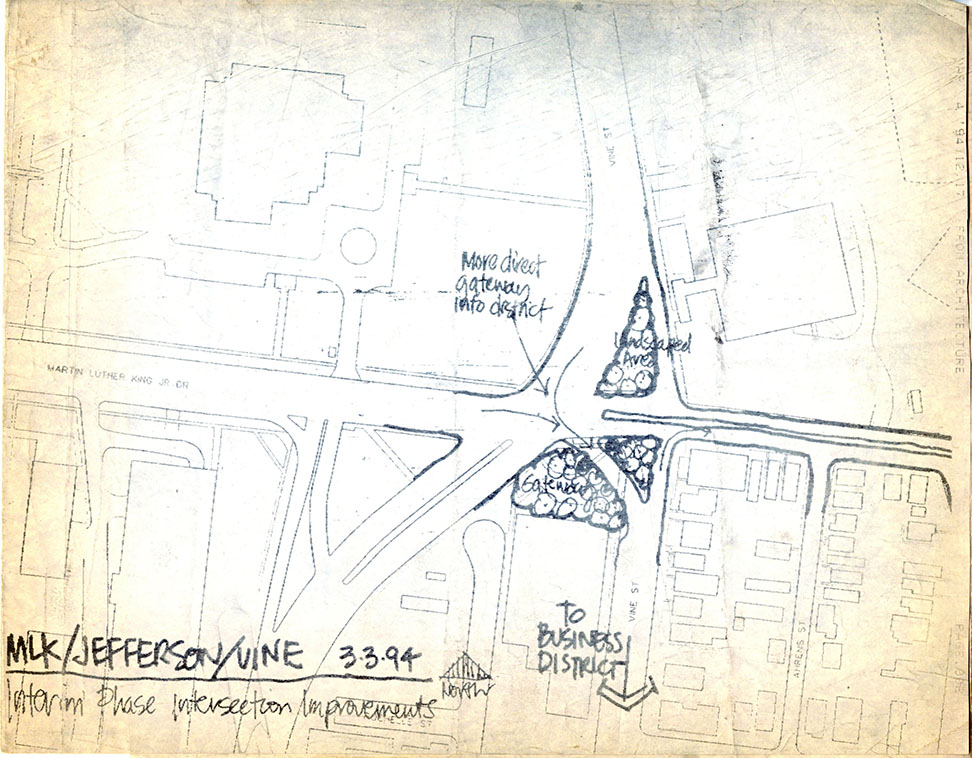
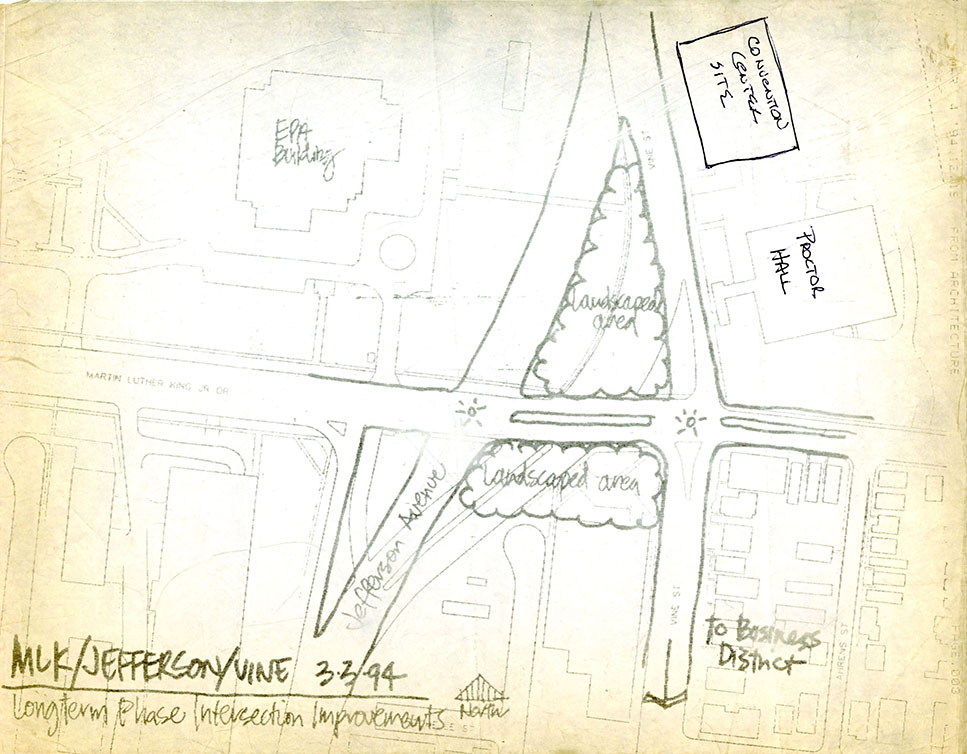


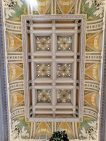
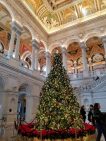
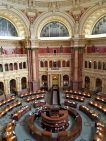
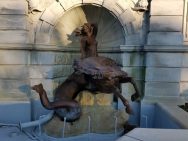



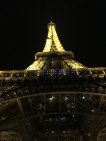
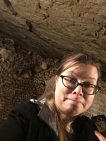
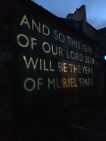
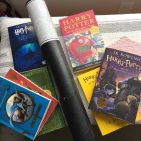
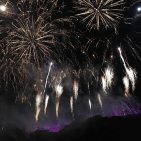
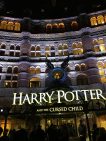

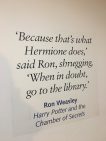
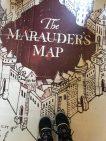
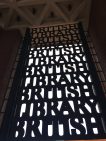
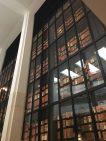
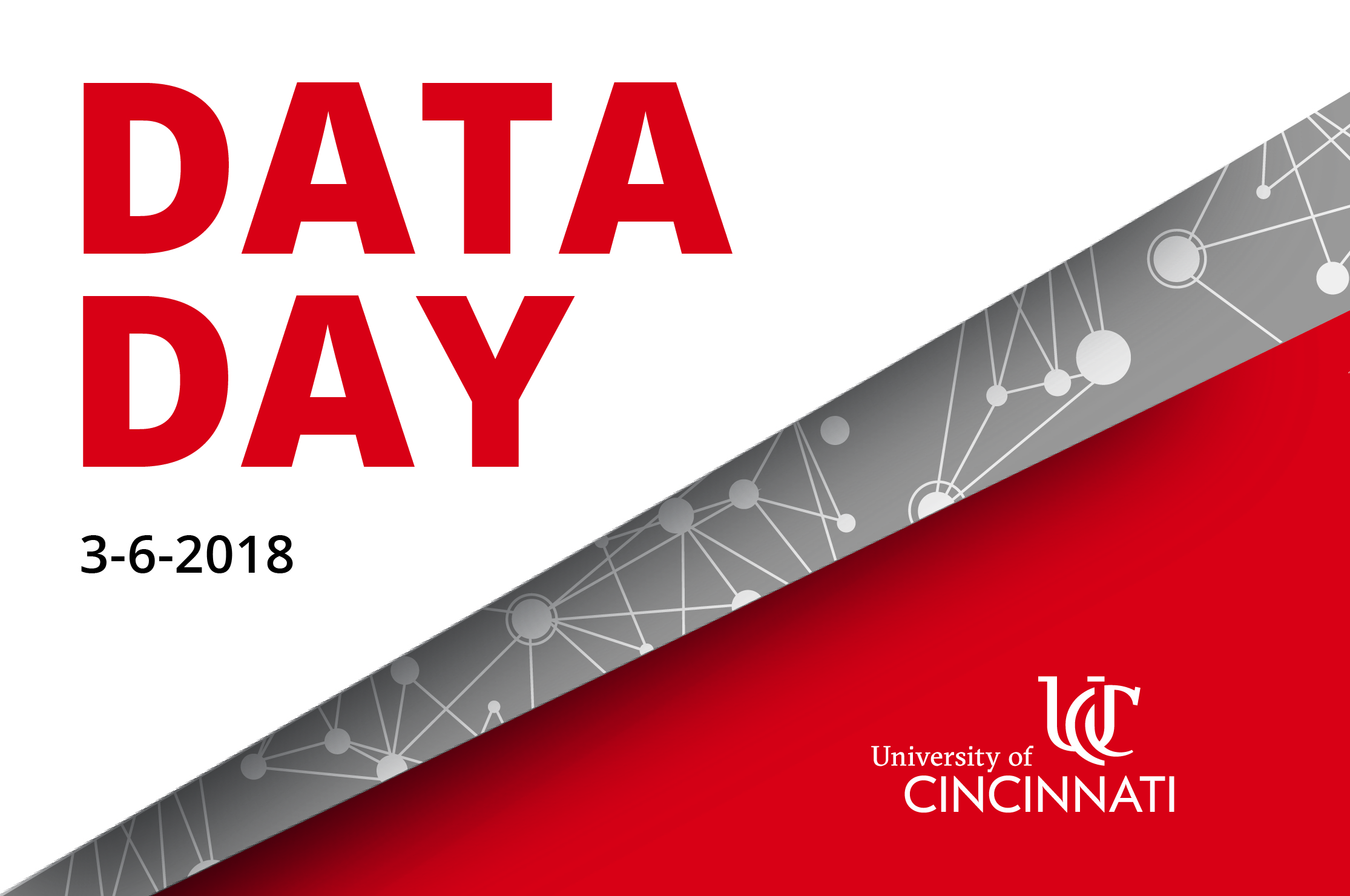 The University of Cincinnati Libraries and IT@UC announce the third annual UC DATA Day. Scheduled for 8:30 a.m.-4:15 p.m., Tuesday, March 6 in Nippert Stadium West Pavilion on UC’s Main Campus (see
The University of Cincinnati Libraries and IT@UC announce the third annual UC DATA Day. Scheduled for 8:30 a.m.-4:15 p.m., Tuesday, March 6 in Nippert Stadium West Pavilion on UC’s Main Campus (see 